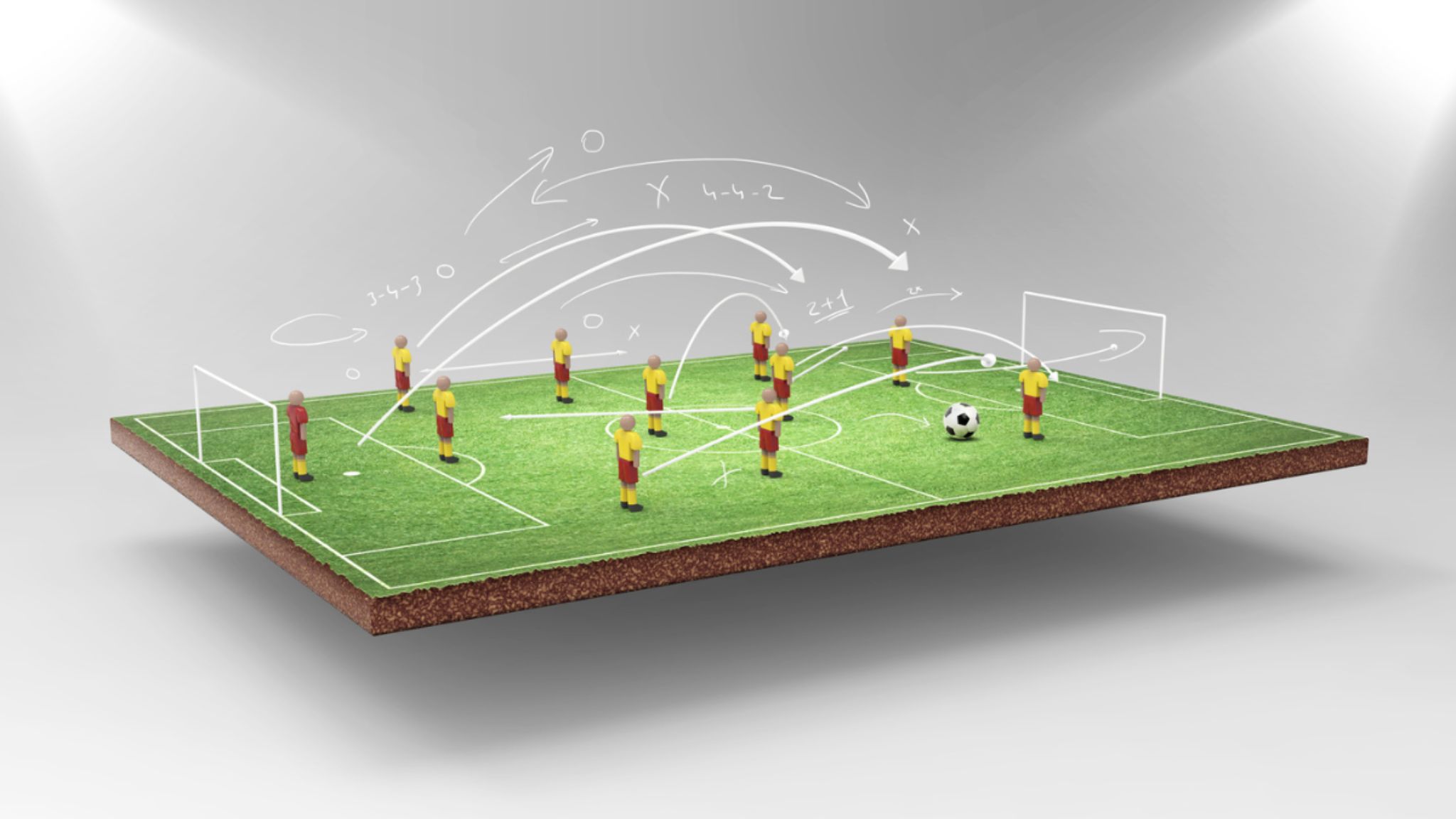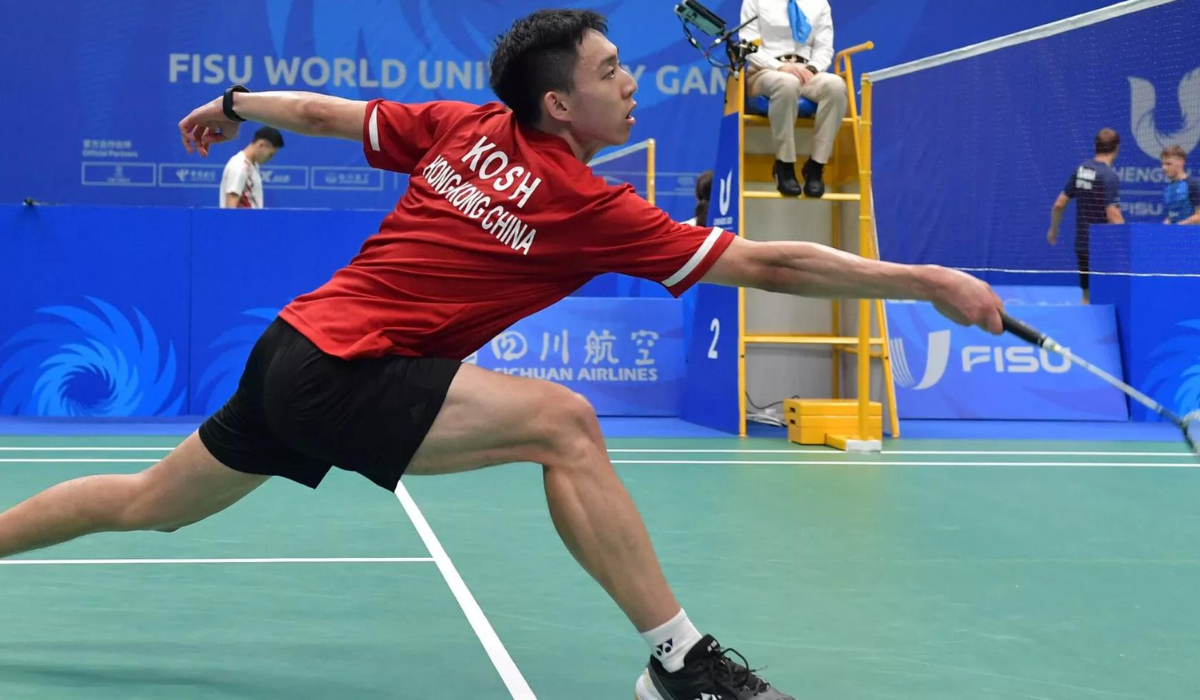Introduction
Football, often referred to as the beautiful game, is not just about raw talent and athleticism. The real magic happens when teams employ strategic brilliance on the field. In this guide, we will dissect the intricate world of football strategies, revealing the core components that elevate a team’s performance.
Table of Contents
The Essence of Football Strategies
At its core, football strategies are the backbone of a team’s success. It’s the meticulous planning, the insightful reading of the game, and the swift execution that can turn a match in your favor. Understanding the essence of strategies is key to dominating the field.
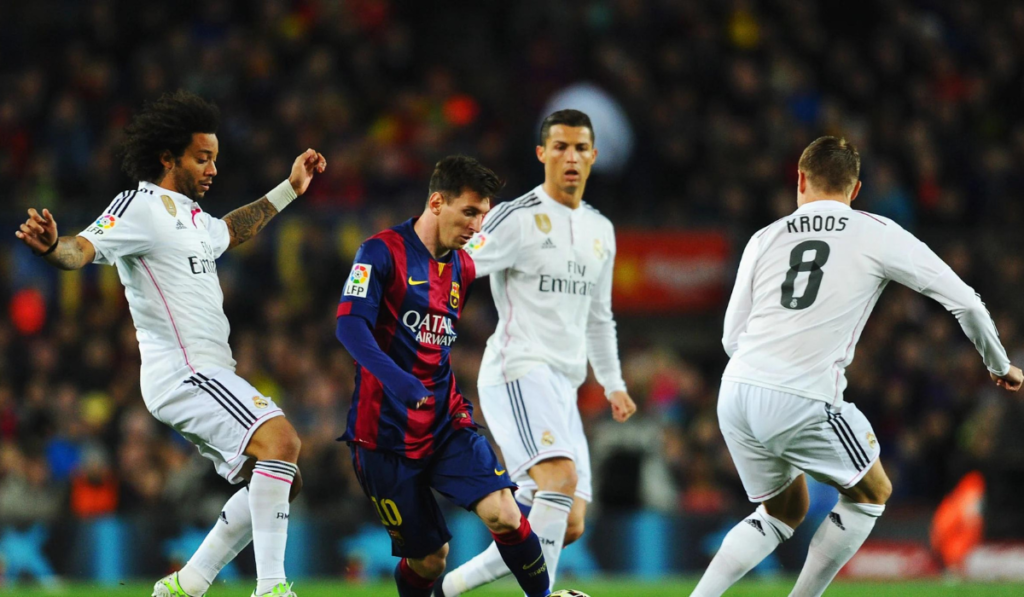
Offensive Tactics
Offensive strategies in football aim to create scoring opportunities and outmaneuver the opposing defense. The two primary formations are the 4-3-3 and 4-2-3-1. In the 4-3-3, three forwards maintain a high line to stretch the defense, while the midfield supports ball circulation. The 4-2-3-1 employs two defensive midfielders to provide balance, allowing the attacking midfielder to link with the lone striker. Teams often use a possession-based approach, focusing on short, accurate passes to control the game tempo and create openings.
Counter-attacking emphasizes quick transitions from defense to offense, exploiting spaces left by opponents committing forward. High pressing involves aggressive defense in the opponent’s half to regain possession quickly. Wing play utilizes wingers to deliver crosses into the box, capitalizing on width to break through defensive lines. Set-piece strategies involve organized plays from corners and free-kicks, leveraging height and positioning to score. Adaptability is crucial, with teams often blending these strategies based on the game situation and opponent strengths and weaknesses.( Read article on Damar Hamlin)
Defensive Strategies
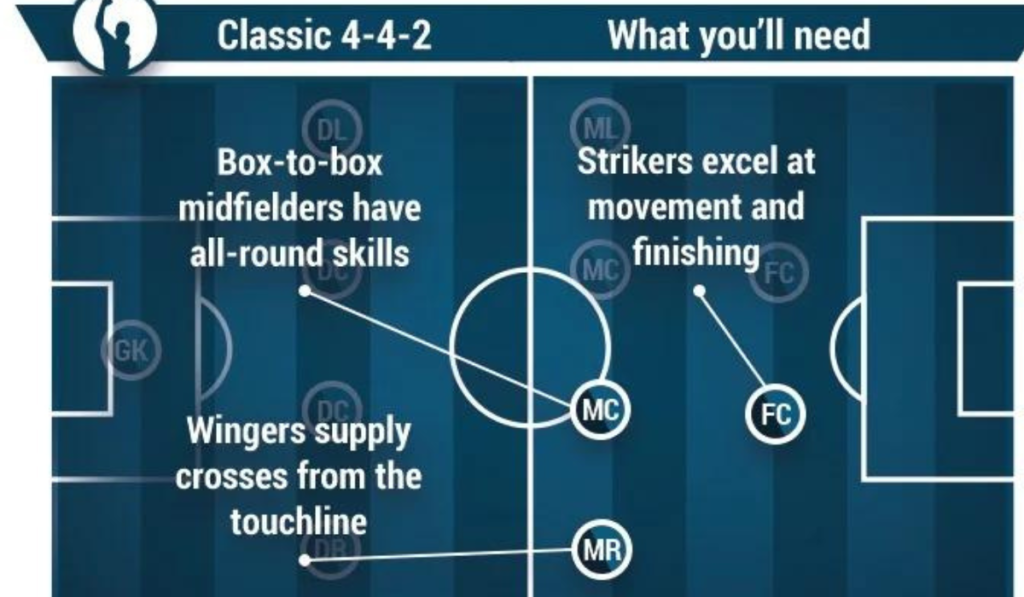
Defensive football strategies aim to prevent the opposition from scoring by maintaining a solid and organized structure. One common defensive formation is the 4-4-2, which features four defenders, four midfielders, and two strikers. Teams may also employ a 4-5-1 or 5-3-2 formation for additional defensive stability. The defensive line focuses on holding a compact shape to deny space to the attackers, while the midfielders work to disrupt the opponent’s passing lanes and control the central areas.
Teams often use zonal marking, where players cover specific zones rather than marking individual opponents, to maintain defensive organization. In contrast, man-to-man marking assigns players to mark specific opponents closely, disrupting their movements and limiting their influence on the game. Teams may switch between these marking approaches based on the situation.
Low block and deep defending involve maintaining a defensive line closer to the goal, making it difficult for the opposition to penetrate and create goal-scoring opportunities. Parking the bus is an extreme form of deep defending, where a team focuses on sheer numbers behind the ball to frustrate the opponent and minimize scoring chances.
Pressing strategies involve engaging the opposition high up the pitch to force turnovers and disrupt their build-up play. Teams may use a high defensive line and push midfielders and forwards to press aggressively. However, this approach requires athleticism and coordination to avoid leaving spaces for opponents to exploit.
Counter-pressing is another defensive tactic, where a team aims to win back possession immediately after losing it. This strategy involves swarming the player with the ball and nearby passing options to regain control and prevent quick counterattacks.
Lastly, set-piece defending is crucial, as teams must organize themselves to defend against corners, free-kicks, and throw-ins effectively. Players need to mark their assigned opponents, while the goalkeeper plays a key role in commanding the defensive setup during set-piece situations.
Overall, successful defensive strategies require a combination of organization, communication, and adaptability to counter different attacking styles.( Read article on Sunil Chhetri)
Set Pieces Mastery
Set piece mastery in football is an artistry that transcends the boundaries of mere technique; it is a symphony of precision, strategy, and split-second decision-making. From the meticulously planned free kicks to the choreographed chaos of corner kicks, the Set Pieces Master navigates the pitch with a profound understanding of the game’s nuances.
In the realm of free kicks, the mastery lies not just in the ability to strike the ball with power and accuracy but also in the psychological game played against the goalkeeper and the defensive wall. The Set Pieces Master, with a keen eye and a deft touch, sends the ball soaring into the net, evoking roars of triumph from the crowd.
Corner kicks, on the other hand, are a canvas for creativity. The Set Pieces Master becomes a strategist, orchestrating movements that transform the six-yard box into a battleground. Whether it’s a precise delivery to the near post or a lofted ball to the far post, their ability to exploit defensive weaknesses creates goal-scoring opportunities that can alter the course of a match.
Set piece mastery is not merely about executing a rehearsed routine but adapting to the dynamic nature of the game. It’s a skill that elevates a player from being proficient to being a maestro, leaving an indelible mark on the beautiful game. In those pivotal moments, the Set Pieces Master becomes a sculptor, shaping the destiny of the match with every carefully placed kick.
Team Coordination
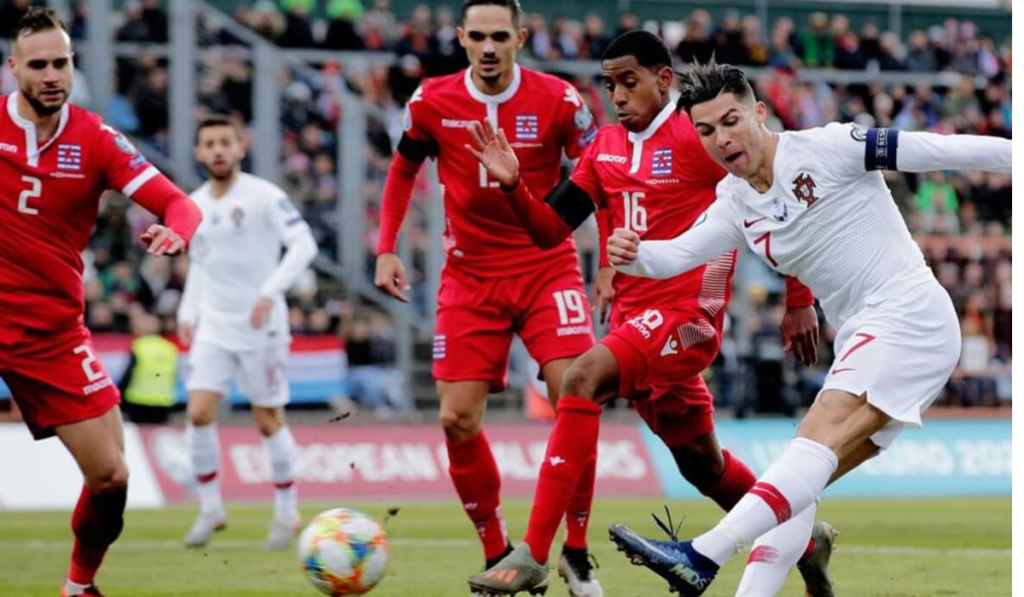
Team coordination is the backbone of successful football gameplay, where individual skills seamlessly blend into a synchronized collective effort. In this dynamic sport, players must communicate and coordinate their movements to achieve strategic objectives on the field. The ability to understand teammates’ positioning, anticipate their actions, and execute precise passes or well-timed runs is paramount.
Football teams often employ various formations, requiring players to maintain a cohesive structure and adapt to changing situations. Effective communication among players is essential for quick decision-making and fluid transitions between offense and defense. Players must constantly be aware of their teammates’ positions, creating a harmonious rhythm that facilitates efficient ball circulation and strategic plays.
Coordinated movements extend beyond mere passes and shots; they encompass defensive strategies, set pieces, and overall team organization. Players need to trust each other’s abilities, fostering a strong sense of unity and teamwork. Successful teams develop an intuitive understanding, allowing them to anticipate each other’s actions and react cohesively to the dynamic nature of the game.
In football, the effectiveness of individual talents is elevated when integrated into a well-coordinated team. Team coordination not only maximizes the team’s potential but also enhances the overall spectacle, showcasing the beauty of collective effort in the world’s most popular sport.
Player Positioning
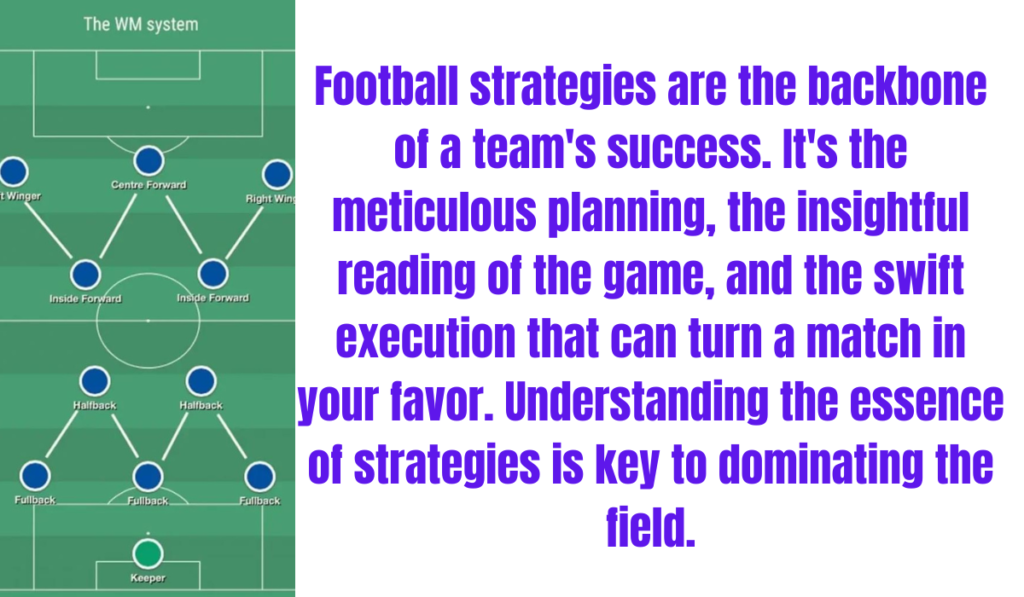
In football, player positioning is a critical aspect that directly influences the team’s overall performance. The strategic placement of players on the field is essential for maintaining defensive solidity, creating scoring opportunities, and ensuring effective team coordination. Each position comes with specific responsibilities, demanding a unique skill set and understanding of the game.
Defenders, positioned near their goal, focus on thwarting the opponent’s attacks and preventing goals. They must possess strong tackling, marking, and heading abilities. Midfielders act as the link between defense and attack, requiring exceptional passing, ball control, and vision to dictate the tempo of the game. Forwards, stationed near the opponent’s goal, aim to score and apply offensive pressure, relying on speed, agility, and finishing prowess.
Successful player positioning involves maintaining a strategic formation, such as 4-4-2 or 4-3-3, to balance defensive stability and attacking flair. Understanding the nuances of these formations is crucial for coaches and players alike. Additionally, players must adapt their positioning dynamically based on the evolving match situation, displaying versatility and tactical intelligence.
In conclusion, player positioning is the tactical foundation of football, influencing every aspect of the game. A well-organized and strategically positioned team can effectively control the flow of play, increasing the likelihood of success on the pitch.
Counter-Pressing
Counter pressing, also known as gegenpressing, is a dynamic and proactive defensive strategy in football that emphasizes immediately regaining possession of the ball after losing it. Popularized by renowned coaches like Jurgen Klopp, this tactic involves the entire team quickly closing down opponents in the moments following a turnover.
The key objective of counter pressing is to disrupt the opponent’s attempts to build an organized attack by pressuring them high up the pitch. Instead of retreating into a defensive shape, the team that loses the ball applies intense pressure to win it back immediately, capitalizing on the disorganization of the opposing team. This not only prevents the opposition from settling into a comfortable possession but also increases the likelihood of regaining the ball in dangerous areas.
Effective counter pressing requires a well-coordinated effort from all players, demanding high levels of fitness, intelligence, and teamwork. Players must possess the ability to anticipate turnovers, react swiftly, and work collectively to close down passing lanes. When executed successfully, counter pressing not only serves as a defensive strategy but also transitions seamlessly into an attacking opportunity, catching the opponent off guard and creating goal-scoring chances. It has become a hallmark of modern, high-tempo football, showcasing the importance of collective intensity and tactical awareness in the beautiful game.
Tactical Formations
Tactical formation in football is a crucial aspect that coaches meticulously design to optimize team performance on the field. It involves the arrangement of players on the pitch, dictating their positions and roles during the game. These formations serve as blueprints, guiding players on how to attack, defend, and transition between the two seamlessly.
Common formations include the 4-3-3, 4-4-2, and 3-5-2, each denoting the number of players in the defensive, midfield, and attacking lines. Coaches tailor these formations based on their team’s strengths, weaknesses, and the opponent’s style of play. For instance, a team with agile wingers might opt for a formation that exploits wide areas, while a team with a solid midfield may choose a formation that dominates possession.
The tactical formation also influences the team’s defensive solidity and offensive creativity. Coordinated movements, positional awareness, and player roles within the formation are crucial for success. Flexibility within the system is equally important, allowing teams to adapt to changing circumstances during a match.
In essence, a well-designed tactical formation not only provides a structure for players but also enhances strategic decision-making on the field. It is a dynamic aspect of football that evolves with the game, demanding constant adjustments and strategic innovation from coaches to stay ahead in the ever-evolving world of football tactics.
Strategic Substitutions
The strategic substitution in football is a pivotal aspect of a team’s tactical approach, enabling managers to influence the course of a game dynamically. Coaches often deploy substitutions to address specific needs, exploit opponents’ weaknesses, or adapt to changing circumstances on the field. These strategic changes can shift the momentum, injecting fresh energy or tactical variations to unlock defenses or solidify the backline.
Strategic substitutions can introduce new dimensions to a team’s play by bringing in players with diverse skill sets. A nimble and creative midfielder might replace a sturdy but less mobile counterpart to inject creativity in the final third. Likewise, a pacey forward might be substituted in to exploit tired defenses or chase a crucial late goal.
Moreover, substitutions are used strategically to manage player fatigue and prevent injuries, especially in demanding fixtures or congested schedules. Coaches must carefully consider the timing of substitutions, balancing the need for fresh legs with the potential disruption to team cohesion.
In modern football, where the game’s tempo is relentless, the art of strategic substitution has become increasingly sophisticated. Analyzing opponents, understanding match dynamics, and assessing individual player strengths are all integral to making timely and effective substitutions, ultimately influencing the outcome of the game.
Psychological Tactics
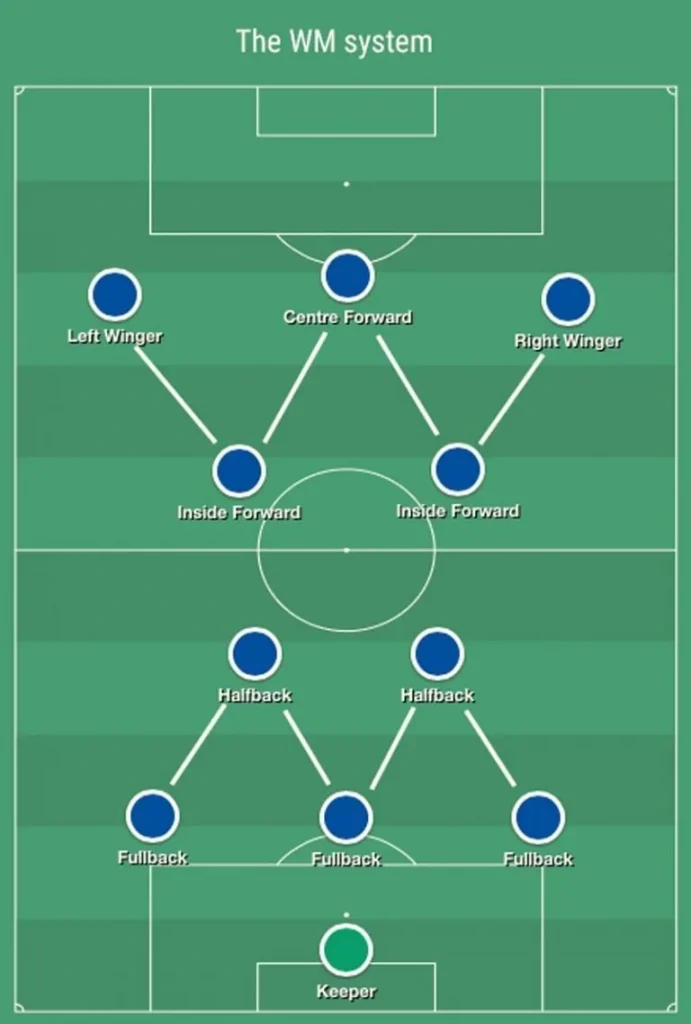
Psychological tactics play a crucial role in football, influencing players’ mindset, performance, and the overall dynamics of the game. Coaches strategically employ various psychological strategies to gain a competitive edge and shape their team’s mental resilience. One common tactic involves instilling a strong team spirit and cohesion, fostering a sense of unity that transcends individual talents. This collective mentality can boost morale and fortify players against the pressures of high-stakes matches.
Additionally, coaches often utilize motivational techniques to inspire players, emphasizing the significance of their roles and instilling a belief in their abilities. Positive reinforcement, constructive feedback, and visualization exercises contribute to building players’ confidence, enhancing their focus during critical moments. Creating a winning mentality is essential, and psychological tactics are employed to cultivate a mindset where players are resilient, adaptable, and driven to overcome challenges.
Mind games between rival teams are also prevalent, with coaches and players attempting to influence each other’s mental states through strategic interviews, social media interactions, and pre-match comments. This psychological warfare aims to create doubt, distraction, or overconfidence in the opponent.
Ultimately, understanding and leveraging the psychological aspects of football can be as vital as mastering physical and tactical skills, contributing significantly to a team’s success on the pitch.
Injury Management
In football, injury management is a critical aspect of player welfare and team performance. Given the physically demanding nature of the sport, players are susceptible to various injuries ranging from strains and sprains to more severe ligament tears and fractures. To effectively address these issues, clubs employ a comprehensive injury management strategy that encompasses prevention, immediate care, rehabilitation, and ongoing monitoring.
Prevention is key, with teams investing in rigorous fitness training, proper warm-ups, and injury prevention programs. Despite these measures, injuries can still occur on the field. Immediate care, often provided by team physiotherapists and medical staff, involves prompt assessment and initial treatment to minimize damage and facilitate a quicker recovery.
Rehabilitation is a crucial phase where injured players undergo tailored programs to regain strength, flexibility, and match fitness. This process involves a combination of physical therapy, strength training, and sport-specific drills. Continuous monitoring is essential throughout the rehabilitation process to track progress and identify any setbacks.
The success of injury management significantly influences a team’s overall performance, affecting player availability and squad depth. Moreover, ensuring the long-term health of players is paramount, as recurrent injuries can have lasting effects on an athlete’s career. In football, a comprehensive and proactive approach to injury management is fundamental for sustaining player well-being and optimizing team success on the pitch.
Video Analysis
Welcome to the era of technology-driven strategies. Video analysis plays a crucial role in understanding the nuances of the game. Learn how teams leverage technology for in-depth game analysis and strategic planning.
Video analysis in football has become an indispensable tool for coaches, players, and analysts to gain a comprehensive understanding of team dynamics, player performance, and tactical strategies. The advent of advanced technology has revolutionized the way football is studied and played, with video analysis offering a detailed and objective perspective on the game.
Coaches use video analysis to break down matches, scrutinize individual player movements, and assess team strategies. This allows for a more targeted approach to training sessions, enabling teams to capitalize on strengths and address weaknesses. Player development benefits significantly from video analysis, as athletes can review their performances, identify areas for improvement, and fine-tune their skills.
Moreover, tactical insights derived from video analysis aid in strategic planning for upcoming matches. Coaches can study opponents’ playing styles, formations, and key players, enabling them to devise effective game plans. Video analysis has also become a crucial component in post-match debriefs, fostering communication and collaboration among team members.
In summary, video analysis in football has evolved into an essential tool for enhancing team performance, refining player skills, and formulating strategic approaches. Its impact extends beyond the sidelines, contributing to the overall growth and competitiveness of the sport
FAQs about Football Strategies
Q: How crucial are set pieces in football strategies? Set pieces are pivotal in football strategies as they offer prime opportunities to score goals. Mastering corner kicks and free kicks can significantly enhance a team’s offensive capabilities.
Q: What role does team coordination play in implementing strategies? Team coordination is the glue that holds football strategies together. Without effective communication and understanding among players, even the most brilliant strategies can fall flat.
Q: How do strategic substitutions impact the outcome of a match? Strategic substitutions inject fresh energy and new dynamics into a game. Coaches strategically replace players to address specific situations, influencing the flow and outcome of the match.
Q: Can video analysis really make a difference in understanding opponents? Absolutely. Video analysis provides an in-depth understanding of opponents’ playing styles, strengths, and weaknesses, empowering teams to devise targeted strategies for success.
Q: How do psychological tactics affect the performance of a team? Psychological tactics, such as maintaining mental resilience and psychological pressure on opponents, can significantly impact a team’s performance and the overall outcome of a match.
Conclusion
In the realm of football, strategies are the invisible architects of victory. From offensive brilliance to defensive resilience, every aspect contributes to a team’s success. By understanding and mastering these strategies, both coaches and players can elevate their game to new heights







